Estimated reading time: 5 minutes
Before you plant fruit trees this winter (which is the best time to plant bare-rooted trees), there are a few other steps we recommend first.
We usually get lots of questions about soil prep in Autumn. That’s probably because it’s an excellent time for soil improvement and preparation before you plant new fruit trees in winter.
The 5-step process to prepare for planting fruit trees
There’s usually enough of a gap between when the harvest of summer fruit has finished and when planting happens in winter to allow for planting an autumn green manure crop, for example.
However, before you even start thinking about soil prep, there are a few other steps you need to take.
Review how your fruit trees performed last summer
Did you get enough fruit to meet your goals? If not, why not? Was it because of disease, lack of pollination, or just not enough trees? We recommend you keep a fruit tree diary to track how well your trees are doing.
If you haven’t kept a diary before, it’s a really good habit to get into. In our experience, it’s very hard to remember what happened with your trees from one season to the next. (Truthfully, sometimes it’s hard to remember from one week to the next).
You can check out our Fruit Tree Diary template (with instructions), or come up with your own system.
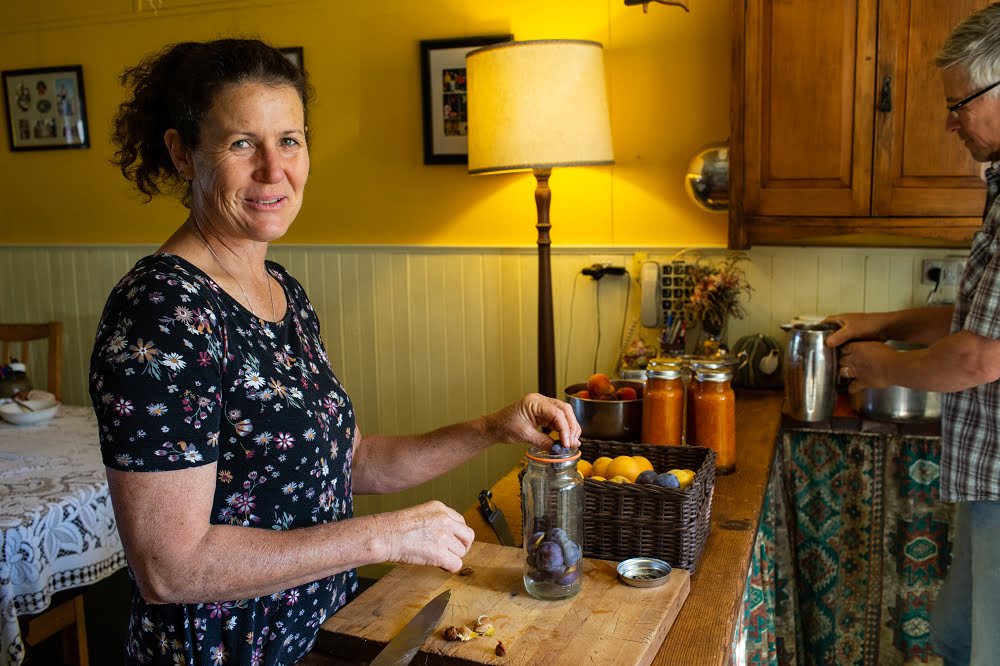
2. Decide whether you need to plant more trees
After doing step 1 you’ll know whether you’re going to need more trees to help you grow the perfect amount of fruit to suit you and your family.
There’s no point in buying and planting more trees unless you actually need the fruit. In fact, having trees you don’t want or need can just become a liability.
As a fruit tree owner, you have a responsibility to make sure you’re not creating pest or disease problems for your neighbours, so the trees still need looking after even if you don’t use the fruit.
3. Decide which fruit trees will help you achieve your goals
You may have discovered that you have a gap in your harvest. If you’re aiming to have an ongoing supply of fruit throughout the season, you might need to choose varieties that ripen in your harvest gap. This will help to balance out the periods of glut and scarcity.
Your local nursery, our nursery, or our Fruit Tree Database can help you track down the likely ripening dates of different varieties.
If lack of pollination is causing low yields, you may need to add a variety that can act as a pollinator for an existing tree.
Or, you may want to add a type or variety of fruit that you normally have to buy.
4. Choose the right location in your garden
Having chosen the varieties you’ll be planting, now think about the best location in your garden for those varieties.
For example, apricots and almonds need the most frost-protected spots. They also do well in windy spots because they need to be able to dry quickly after rain. Pears are relatively frost-tolerant and will do well in soil that tends to get wet. Citrus trees need warmer spots, for example, on north-facing slopes or shed walls.
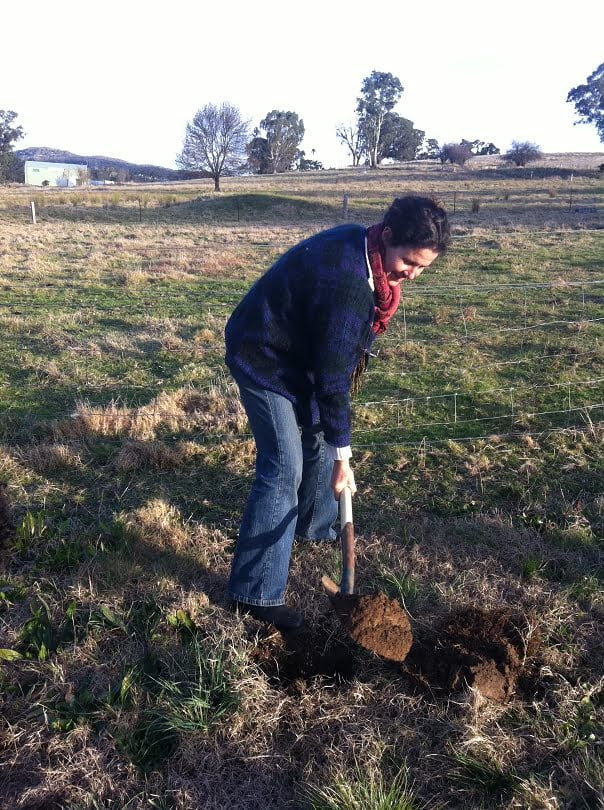
5. Order your fruit trees
When you’re looking for particular varieties of fruit trees to plant in your garden, it definitely pays to look for them early in the season. Some varieties can be quite rare and hard to track down.
If you happen to live in central Victoria, Carr’s Organic Fruit Tree Nursery here on our farm is a good place to start. Orders usually open in April and close in June. However, we don’t deliver. So, unless you can pick up from the farm, look for a nursery closer to home, or one that does mail-order.
Now that you know what you’ll be planting and where, you can get started with your soil prep!
Related Articles
How to plant a green manure crop
Prepare the soil before planting fruit trees with an autumn green manure crop, and give your fruit trees the best possible chance to thrive.
4 ways to use fruit tree prunings
Fruit tree prunings are often considered as ‘waste’ and even sent to landfill. Here’s three ways to capture the nutrient from your prunings.
Natural fertility for fruit trees in Autumn
Autumn is a great time to apply some natural fertility to your fruit trees before they go to sleep for the winter.

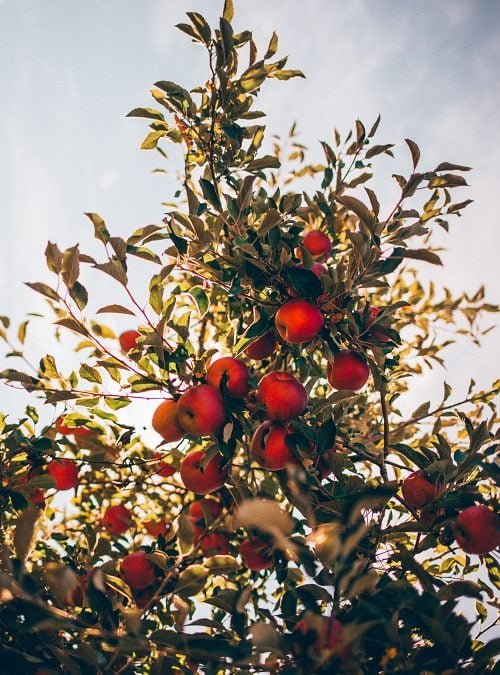

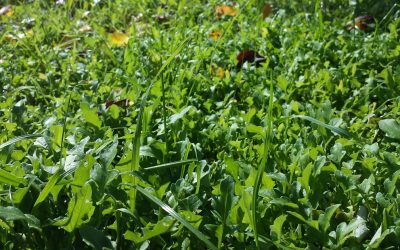
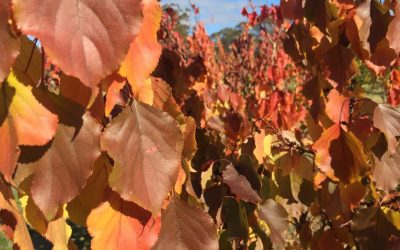



Hi Katie & Hugh. I’m wondering if you graft plums. I would love to plant a Mariposa but really only want to plant one tree and know that it needs cross pollination.
Thanks for all that you do.
Hi Bron, yes you can graft a polliniser onto your Mariposa tree, to save having to plant two trees. However for most people (who live in urban settings) pollination for plums is rarely an issue anyway because of the number of plum trees in the surrounding area. And thank you, it’s our pleasure!
Hi guy’s, I’ve recently moved to the mid north coast of NSW from SA.
Things seem to grow without much trouble here.
I’d like to plant some fruit trees this winter and was wondering about soil preparation in a sloping spot that not had trees in it before.
Any help would be appreciate.
Hi Irma, congratulations on the move, it should be fun learning how to grow things in that climate. There are quite a few issues you need to consider before planting – choosing the right sites for the trees, whether you need to build swales to capture water and manage the slope, you may need to work on improving the soil fertility before you plant (e.g. with green manures), and how you’re planning to manage irrigation and netting. It’s usually a good idea to try and deep rip the soil before you plant trees in a new site, but this can be difficult on a slope, in which case just digging individual holes for the trees is fine. Probably the best courses that could help you in your situation would be the course on Home Orchard Design (https://growgreatfruit.com/product/home-orchard-design/), the course on green manures and soil preparation (https://growgreatfruit.com/product/develop-your-green-thumb/), and possibly this course that includes info about how to make swales (https://growgreatfruit.com/product/make-the-most-of-rainfall/).
Hi Katie and Hugh,
I am in Central Vic, halfway between Bendigo and Echuca, and going to be planting out my first new orchard this winter with bare rooted trees, yay !
Just wondering, how far apart should I be planting the trees ? They will be planted in regular grid pattern, and the planned trees are apples, cherries, an orange and pears.
Thank you, any tips much appreciated
Mark
Congratulations Mark! We recommend tree spacings of about 2.5m, assuming you will be growing your trees in a vase shape, which does help to keep the size manageable. The row spacings can alsdo be 2.5m, but it depends what equipment you might be using in the orchard that will need access. We use 4.2m row spacings so it allows for tractor and equipment access.